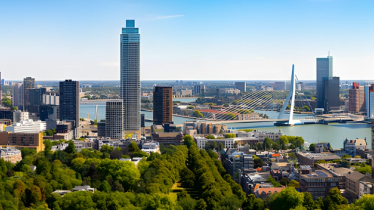
- Destinations
- Rotterdam
City breaks in Rotterdam
Make your Rotterdam city trip one to remember with our city trip guide. Discover tips on where to shop, getting around and what’s on throughout the year.

Rotterdam holidays and city breaks
Rotterdam is a truly modern, culturally diverse city, with around 186 different nationalities making up its population. As Europe’s largest port and the second biggest city in the Netherlands after Amsterdam, Rotterdam is an energetic and fast-moving city that prides itself on the ability of its population to embrace change.
Though the city dates back to 1270, it was practically obliterated in World War II and, today, the skyline has more in common with New York than with a traditional Dutch city. Soaring skyscrapers and award-winning modern architecture sit, side by side, with the quaint traditional Dutch houses that remain of the original city.
This vibrant university town, with its buzzing nightlife and great shopping, is just under four hours from London by train, so perfect for a holiday or city break with friends.
Whether you’re a hard-core clubber, a jazz-lover, a shopaholic or an architecture buff, there’s plenty to do and see in Rotterdam.
Shopping in Rotterdam
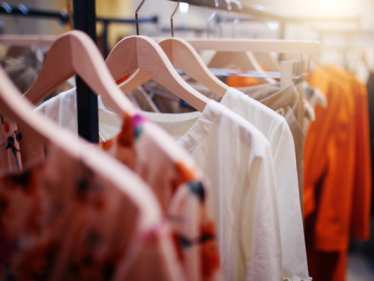
Local designers
Rotterdam has no shortage of shopping areas to visit where you’ll find all the usual high street brands. However, if you’re looking for something a bit different that you can’t easily find at home, you came to the right place!
Take Susan Bijl’s flagship store on Nieuwe Binnenweg - she reinvented the plastic bag into a colorful, durable, and stylish piece. Woei Rotterdam has been an icon since 2007 with exclusive drops and collabs at its must-visit Hoogstraat streetwear spot. Looking for a hidden gem? De Parel in the Schiehavenhallen has vintage finds, local art, and harbour views.
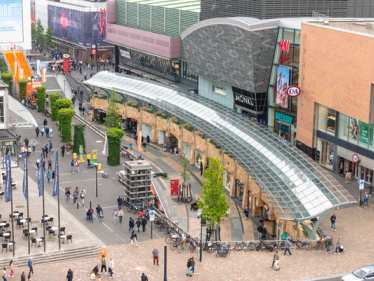
High street brands
Rotterdam’s main shopping area covers Lijnbaan, Beurstraverse and Binnenwegplein and is where you’ll find all the familiar high street shops, as well as a few Dutch ones. If you don’t know the Dutch chain, HEMA, it’s great for inexpensive gadgets and food that make perfect presents. The Sting is another local chain for fashion at reasonable prices.
While you’re in the area, pop into De Bijenkorf, the Netherlands' top department store. It’s just a few streets away, on Coolsingel. The building is a modernist masterpiece, designed by Marcel Breuer.

Splashing the cash
For high-end designer stores, Kruiskade and the Central Plaza mall are where you’ll find all the big International names. There’s a casino in the same complex, should you get bored of shopping and your money is burning a hole in your pocket.
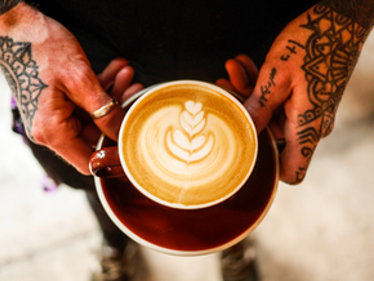
Hidden gems
Skip the usual spots and dive into the city’s local favourites. Inside the Fenix Food Factory, you will find Kaapse Kaap, a craft beer haven with bold, experimental brews and unbeatable waterfront views. Step into Kunstinstituut Melly, where Rotterdam’s creative pulse beats loudest. Expect thought-provoking exhibitions, talks, and events that spotlight both rising and established voices in contemporary art.
Feeling peckish? Head to Panzerò on Botersloot for a taste of Southern Italy. Handmade panzerotti and puccia, vegan dough, top-quality Puglian ingredients, and warm Italian hospitality.
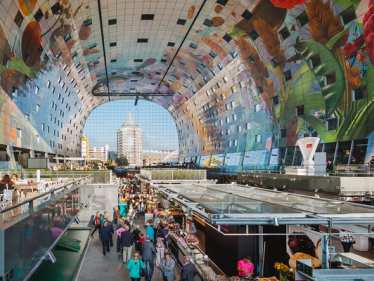
Street markets
These are very popular in Rotterdam and there is usually at least one going on somewhere in the city on every day of the week. The biggest market, with around 400 stands, is in the centre near Blaak metro station and the Markthal. You’ll find food, drink, clothes, flowers, plants and lots more.
For art and lifestyle goods, the Swan Market is worth a visit. It takes place several weekends a year in different locations. It’s a bit of an event, with music and food and drink as well as stands selling jewellery, crafts and fashion.
Getting around

Rotterdam has a great public transport system, the RET (opens in a new tab). You can choose from bus, tram, metro and waterbus and a selection of travel cards that cover travel on all of them.
For budget sightseeing, take a trip on Historic Tram line 10, it will take you past many of the city’s main attractions and you can get off and on wherever you like. The tram is available in July and August and costs around €15.
This being Holland, it’s no surprise that the city is very bike-friendly with a large network of bike paths. You can rent bikes for around €6.50 a day from various places around the city or take a guided bike tour.
If you fancy venturing further afield to the Hook of Holland or inland to Dordrecht, you could consider a water taxi for something a bit different. You’ll need to check prices as these are dependent on distance and number of people travelling.
What's on in Rotterdam
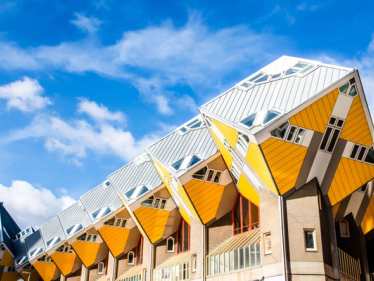
Spring
March
- Museum night – all the museums stay open late so you can do a museum crawl
April
- Rotterdam marathon; Kingsday - annual celebration of the monarchy that takes place across the Netherlands with different local events taking place throughout April
May
- Bevrijdingsfestival - Independence day celebration with a festival in the Euromastpark

Summer
June
- Hidden garden weekend - more than 90 private gardens open to the public for two days only
- Architecture day - some iconic buildings are free to visit
July
- North Sea Jazz Festival – this is massive and attracts thousands of people from all over the world
- Rotterdam Unlimited – Street parade and celebration of cultural diversity
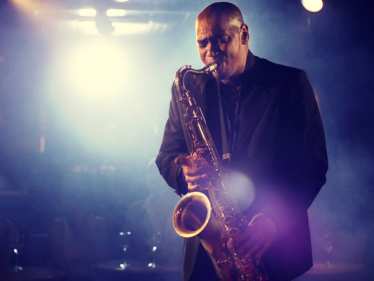
Autumn
September
- World Port Days – event in and around the port, finishing with a spectacular fireworks display
October
- International Comedy Festival Rotterdam
- Festival Jazz International Rotterdam

Winter
November
- Buma Rotterdam Beats Festival – hip hop/urban music festival that takes place in multiple venues across the city
January - February
- International film festival
You may also like
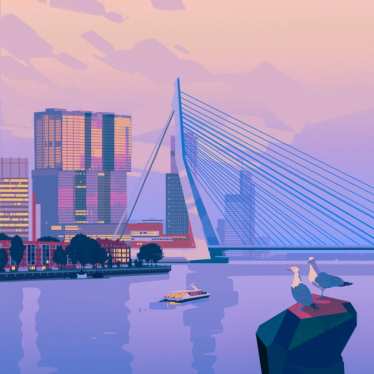
Direct
London to Rotterdam trains
With our trains direct from St Pancras International to Rotterdam Centraal, it takes just 3hrs 13 mins to speed from city centre to city centre.
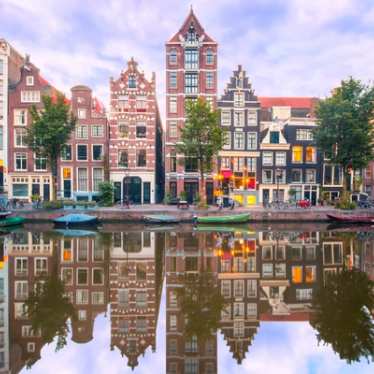
Eurostar destinations
Between Amsterdam's canals, Paris' botanical gardens, Bruges' architecture, and London's royal parks, Eurostar has something for everyone.
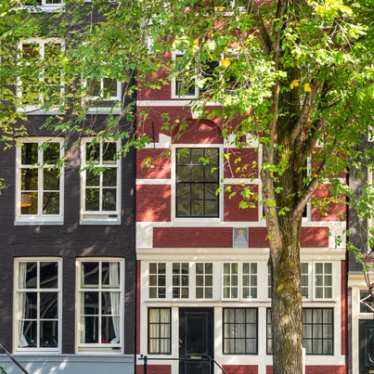
Amsterdam city breaks
There's so much to do and see in Holland's capital, you'll want to stay longer than a weekend.





